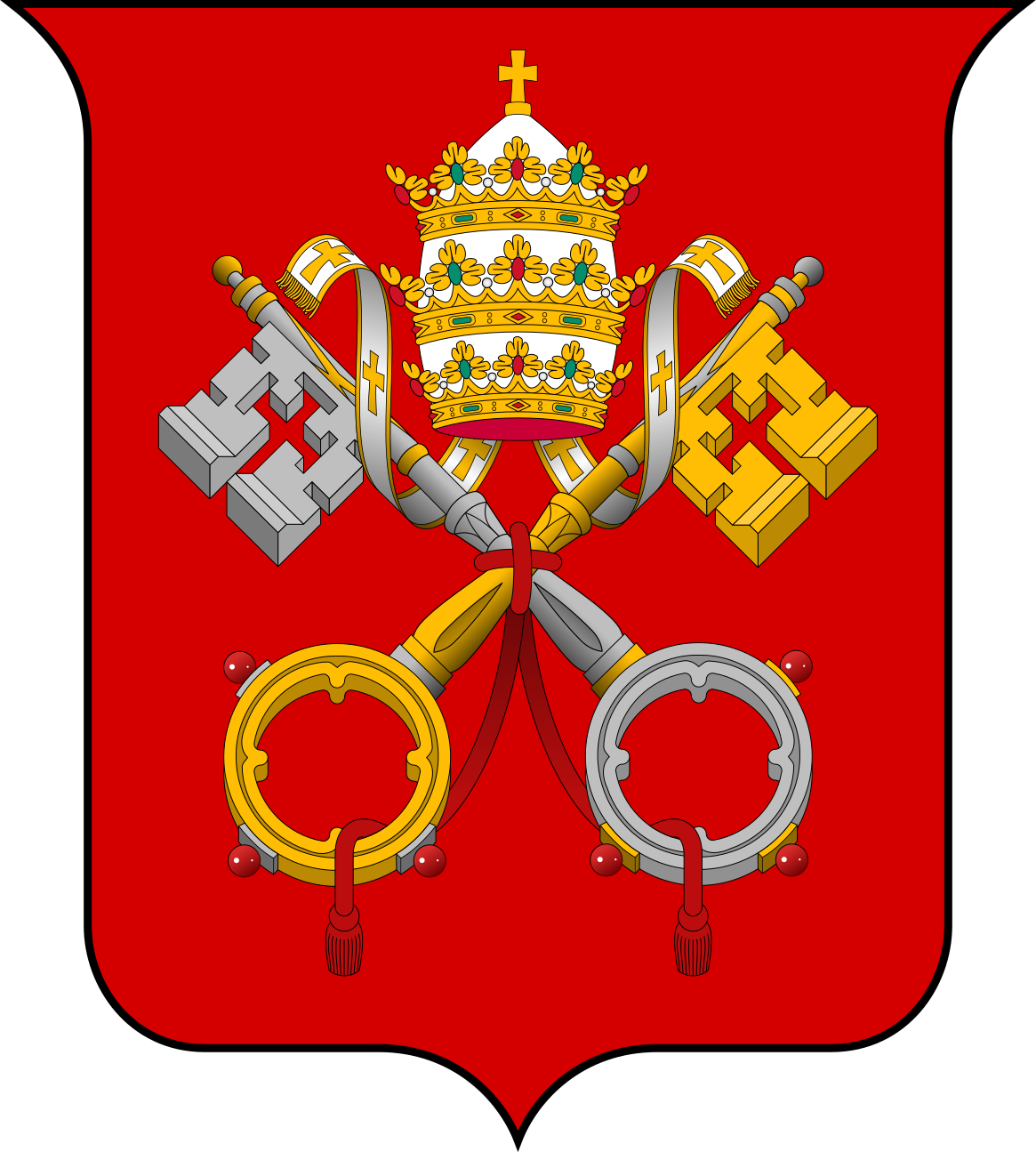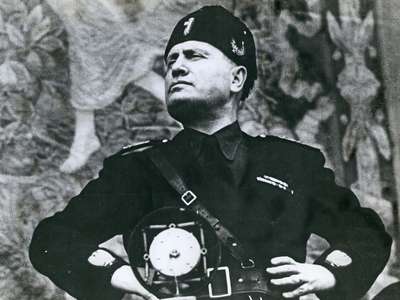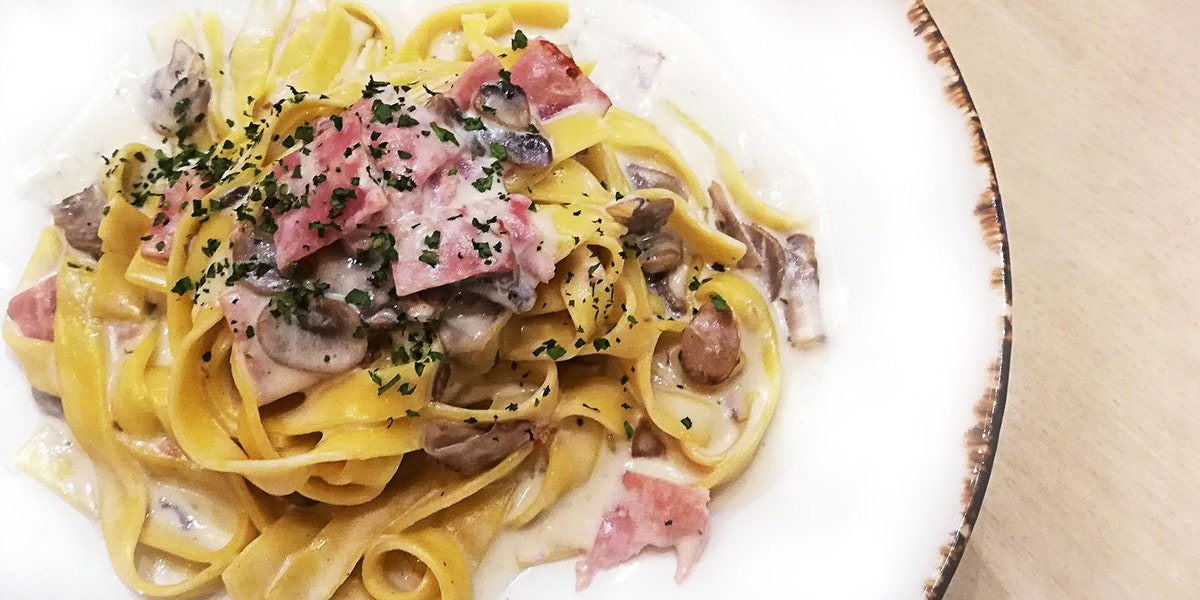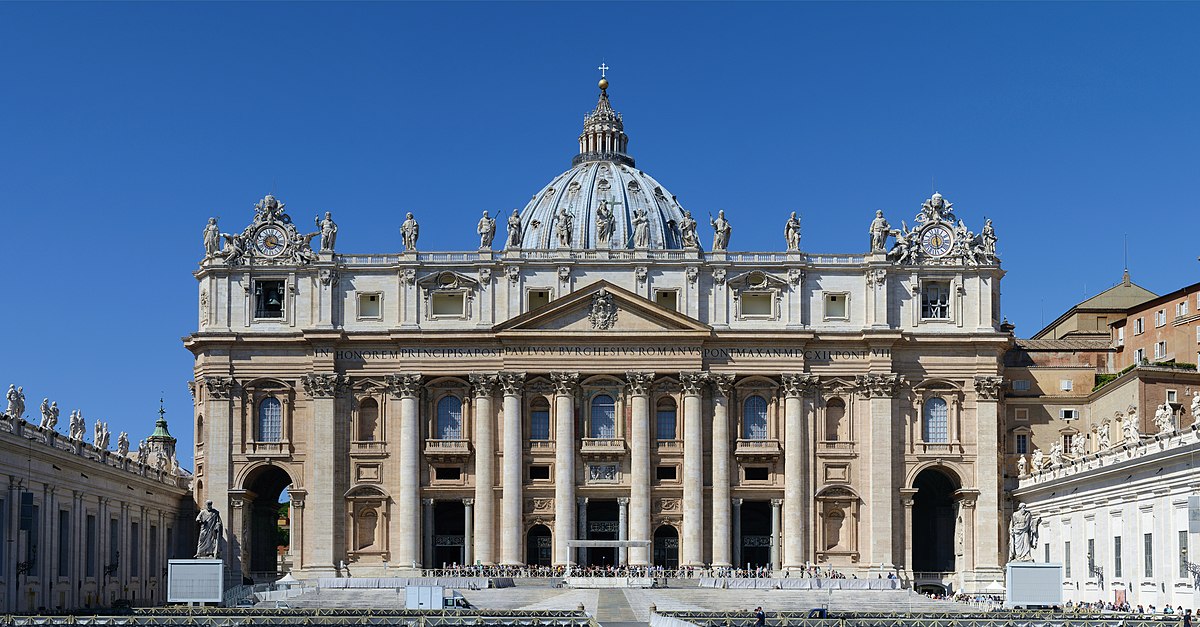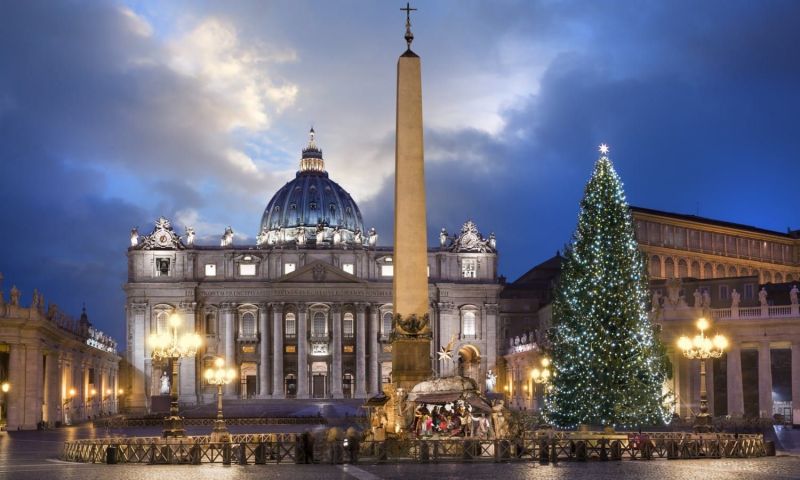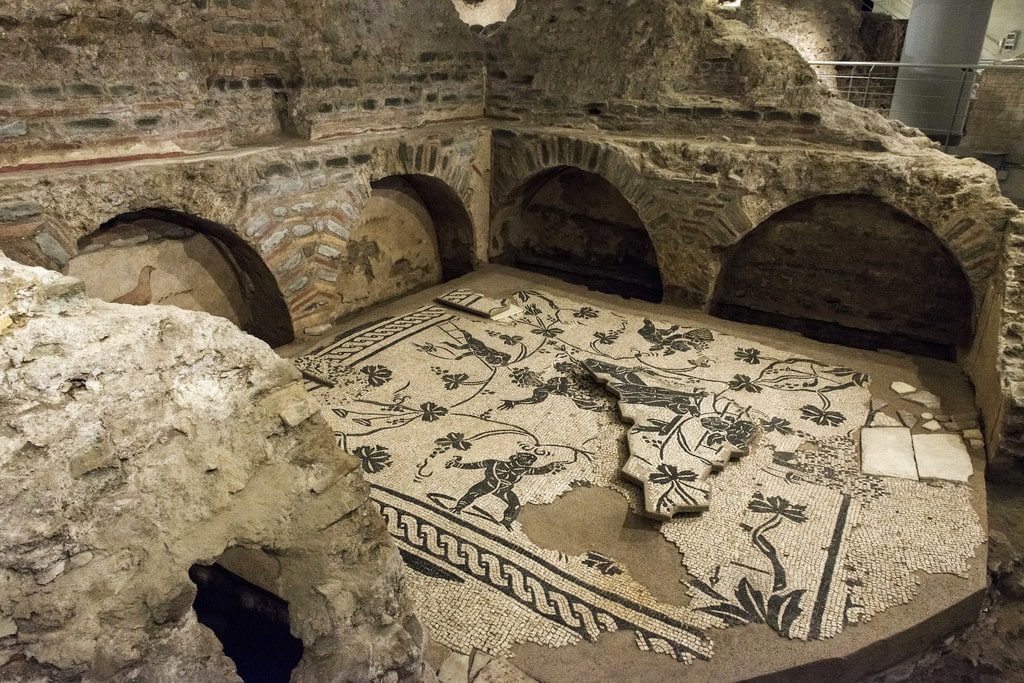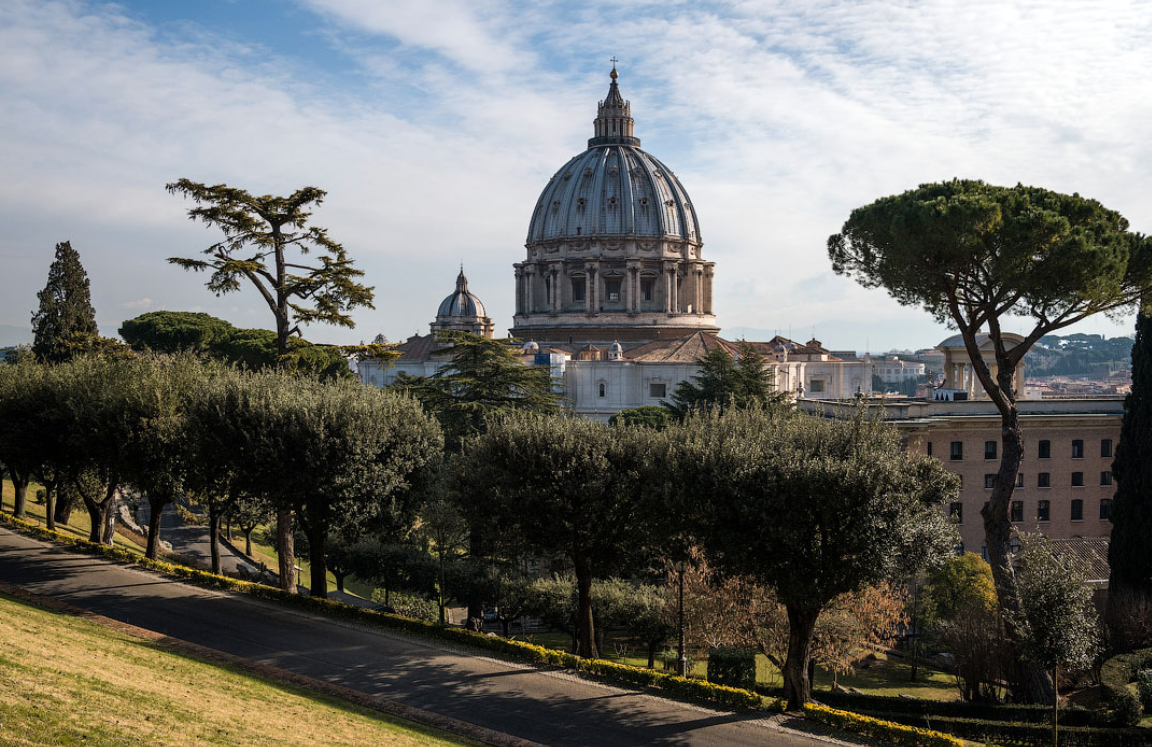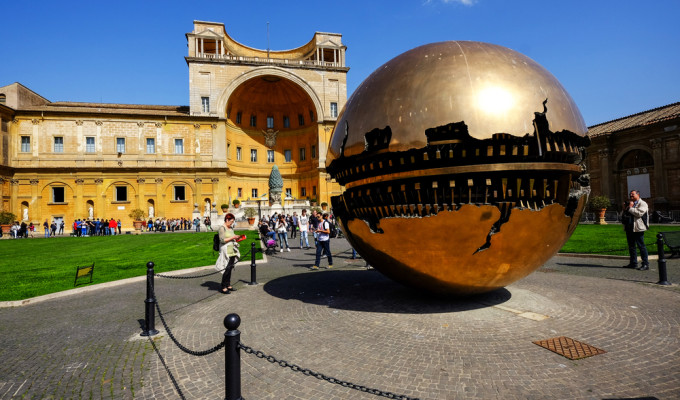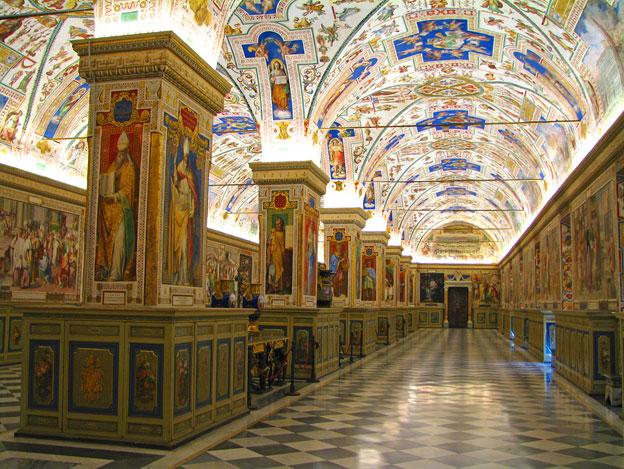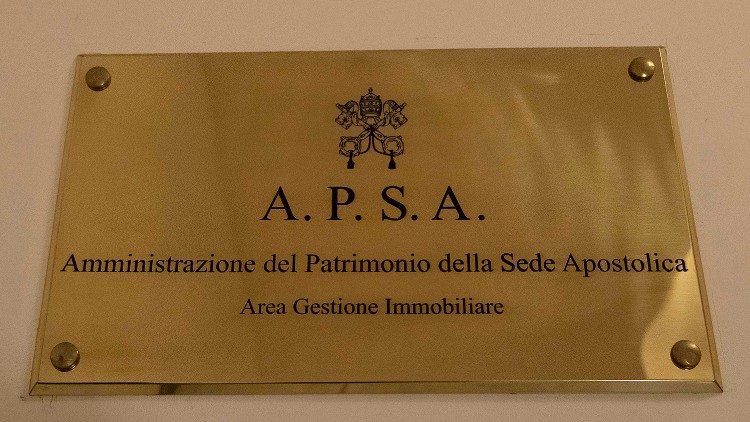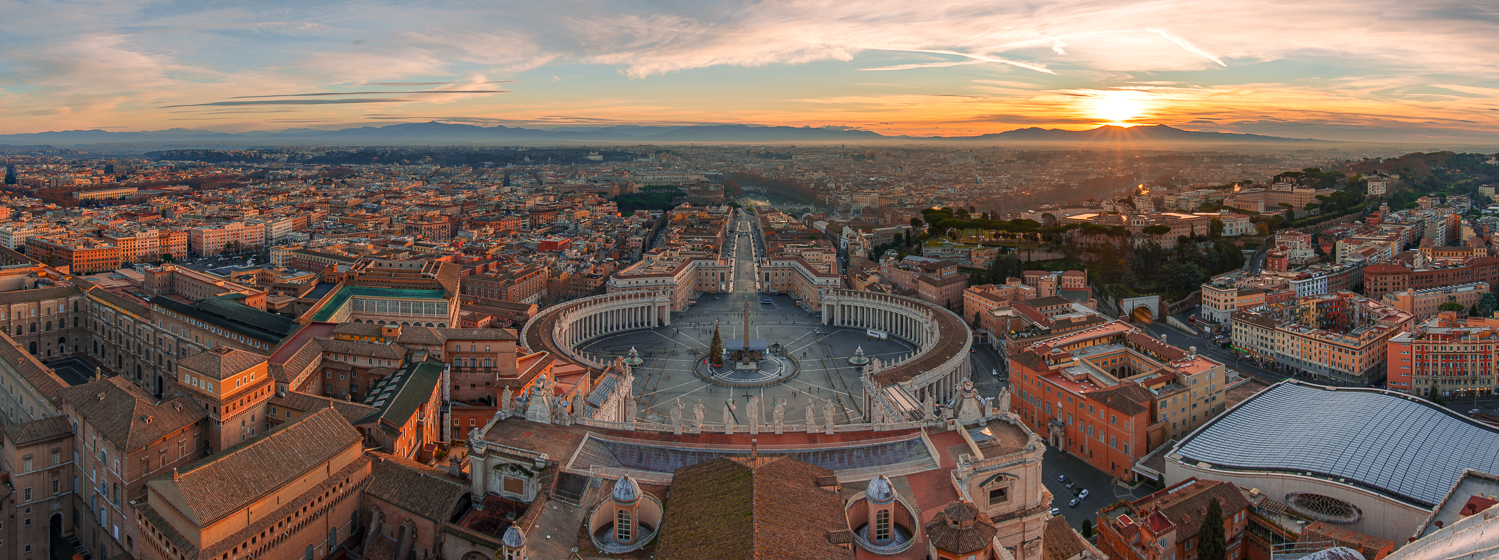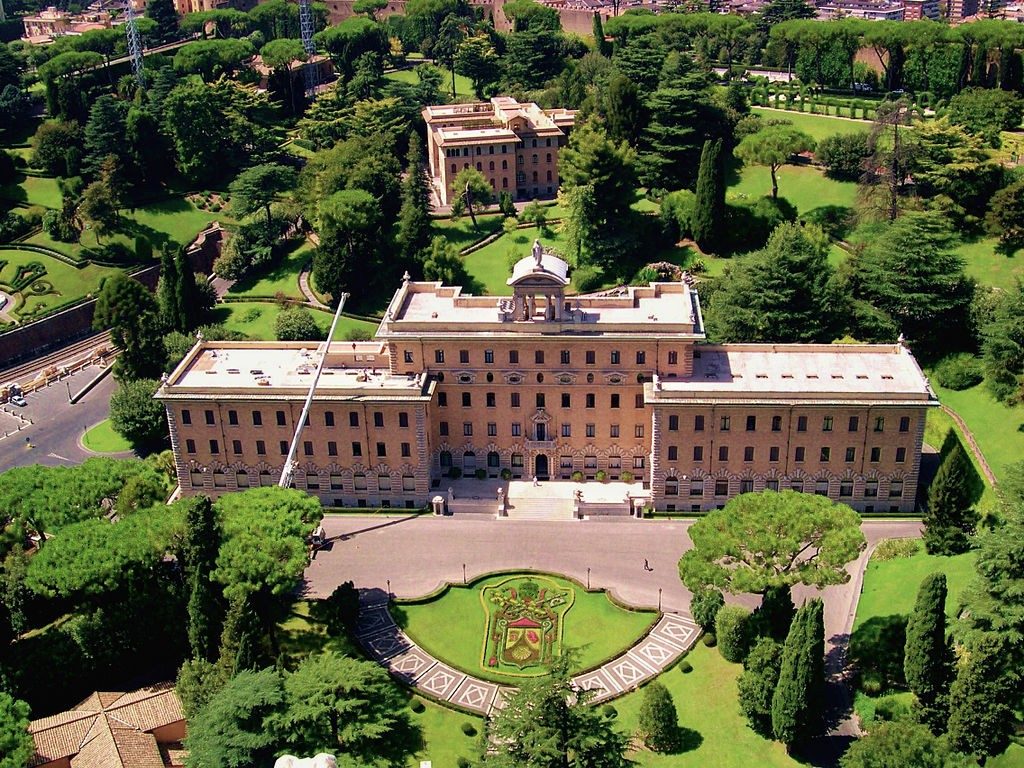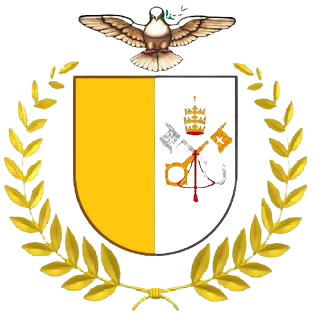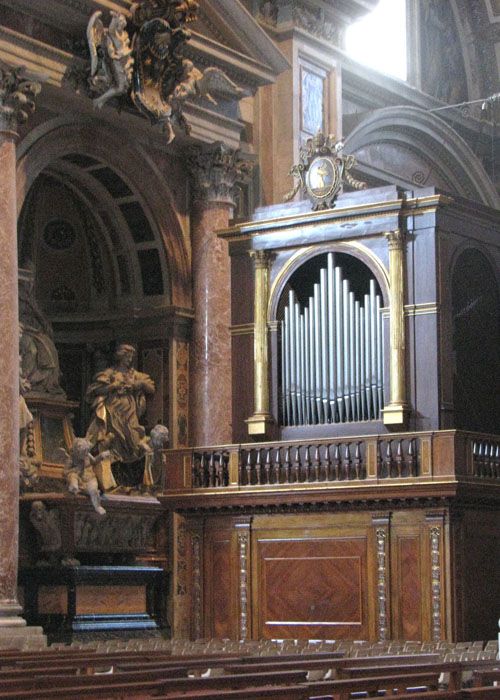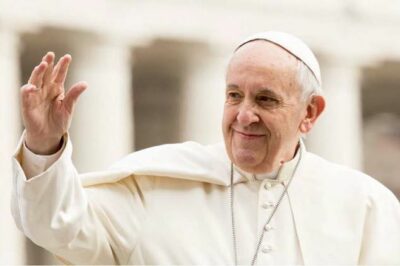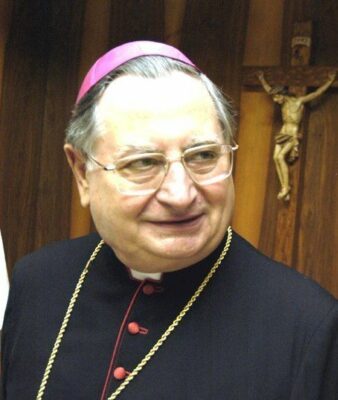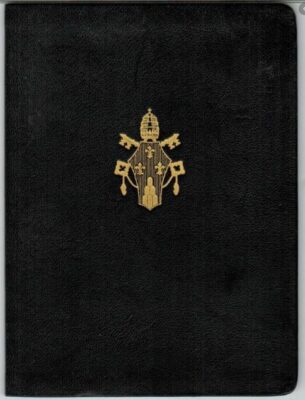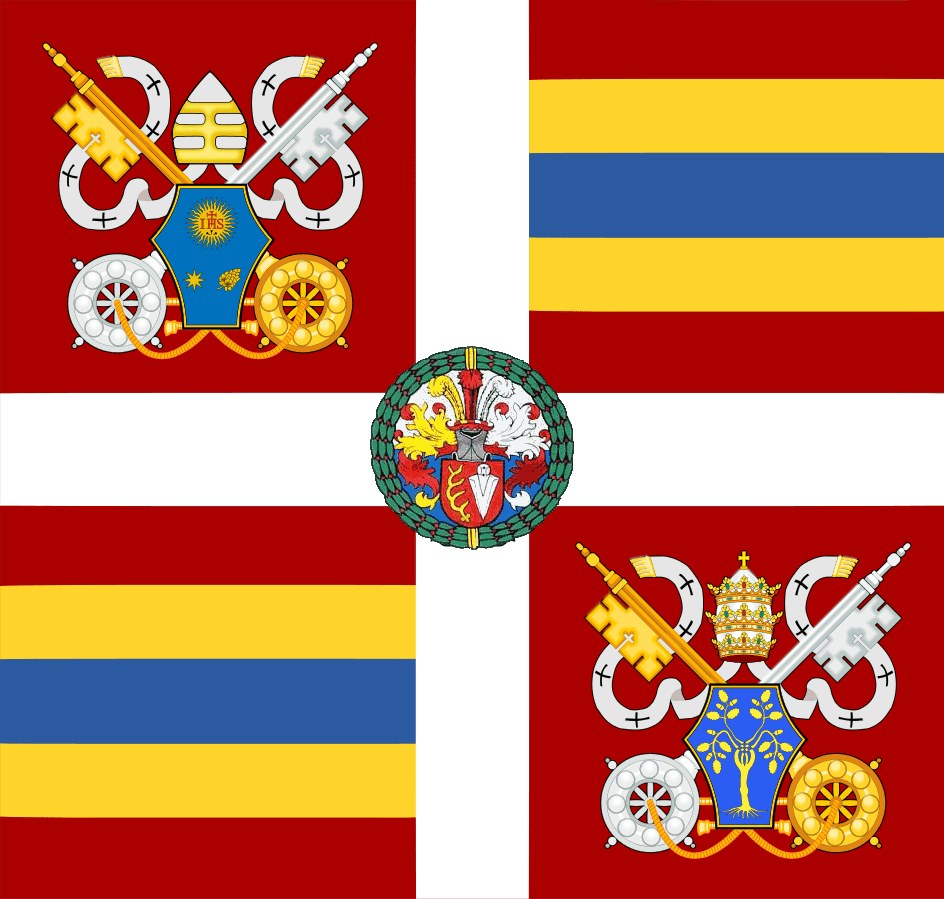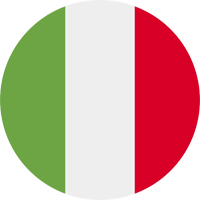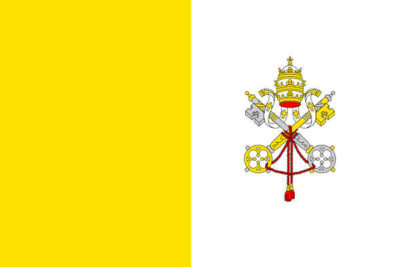National Symbols of Holy See (Vatican City)
Last updated on April 18th, 2024 by Editorial Staff
Table Of Contents
By Naeem Noor | Updated on April 18, 2024
Reviewed by Rittika
The Holy See (Vatican City) is landlocked a country in Europe. The official name of the Holy See (Vatican City) is the State of Vatican City. It shares borders with Italy. The people of the Holy See (Vatican City) are called the Vatican. The country is in Southern Europe, an enclave of Rome (Italy).
Etymology discusses where a term is considered to have originated from and how its meaning has changed over time. Etymology has been a factor in the naming of countries all across the world, and Holy See (Vatican City) has also been influenced. The etymology of Holy See (Vatican City) can be defined as; “Vatican” is derived from the name of an Etruscan settlement, Vatica or Vaticum located in the general area the Romans called Ager Vaticanus.
An ethnicity is a group or sub-group of people who are connected based on common characteristics which may include religion, origin, language, traditions, or culture. The ethnic group in Holy See (Vatican City) is Italian.
The national colors of the country are gold and white. The emoji flag of the country is ????????, and the ISO code is VAT.
The Holy See (Vatican City) is known for St Peter’s Basilica, St Peter’s Square, The Vatican Museums, Raphael, and Michelangelo. The national dish of the Holy See (Vatican City) is Fettuccine alla Papalina, and the national instrument of the Holy See (Vatican City) is the Pipe organ.
The country has the time zone UTC+1 (CET) followed by dd/mm/yyyy as the standard date format.
Vatican City serves as the capital of the Holy See (Vatican City)’s.
The literacy rate in Holy See (Vatican City) is 100%.
The country’s total area is 0.49 km² (0.19 sq mi), and the total population is 801. The country’s average elevation is 19 m (63ft), whereas the country’s terrain can be defined as; Urban; or low hill. The country’s usual climate is temperate; mild, rainy winters (September to May) with hot, dry summers (May to September).
The Euro serves as the national unit of currency, and the Administration of the Patrimony of the Apostolic See is recognized as the country’s central bank. The domain for Holy See (Vatican City) is .va and the country code is +379. Crossed keys are the country’s coat of arms.
Museums are known to educate and connect visitors with the nation’s history, culture, civilization, art, and architecture. Musei Vaticani serves the same purpose and is considered one of the most significant tourist attractions. Musei Vaticani is home to a large collection of artifacts. It has been designated as the national museum of the country.
The national dress of the Holy See (Vatican City) is the Papal regalia and insignia, and 11 February is designated as National Day. In the Holy See (Vatican City), the majority of the population practices Catholicism as their religion.
Nature is a blessing from God and we must protect it because it provides us with the oxygen and food to survive. It also helps to keep our environment beautiful and clean. To emphasize the significance of nature, the Holy See (Vatican City) has selected a few forces of nature as national symbols. The Holy See (Vatican City)’s national birds are the Pigeons and doves. The national flower is the Easter lily, whereas the national tree of the Holy See (Vatican City) is the Vatican Christmas Tree, and the highest peak is Vatican Hill.
Sports have always played an important role in developing the social and cultural structure of Holy See (Vatican City) and other countries. When it comes to designating a sport as the official symbol, Football is considered the country’s national sport.
Benito Mussolini is the founder of Holy See (Vatican City). The country’s national anthem was written by Raffaello Lavagna, and composed by Charles-François Gounod.
Mausoleums are buildings dedicated to holding someone’s remains. It serves as a reminder of the nation’s revolutionary fighters who sacrificed their lives for the country. Mausoleums are one of the most significant historical landmarks. The national mausoleum of Holy See (Vatican City) is Vatican Necropolis. The country’s national hero is Pope.
Due to their unique qualities and rich cultural or historical backgrounds, national monuments around the world are of great importance. St. Peter’s Basilica is recognized as the national monument of the country. It attracts visitors from all around the world.
Cardinal Giuseppe – (Bertello President of the Governorate) is the current Prime minister of Holy See (Vatican City), and Pope Francis – (Sovereign) is the President.
Holy See (Vatican City) has declared Italian as the country’s official language.
– Further information regarding the symbols and knowledge of Holy See (Vatican City) can be found in the table of contents –
Country information
Coat of arms
Flag map of Holy See (Vatican City)

Motto of Holy See (Vatican City)
National animal of Holy See (Vatican City)
The National animal of Holy See (Vatican City) is Not Declared
National flower of Holy See (Vatican City)
The National flower of Holy See (Vatican City) is Easter lily. Botanical name is Lilium Longiflorum.
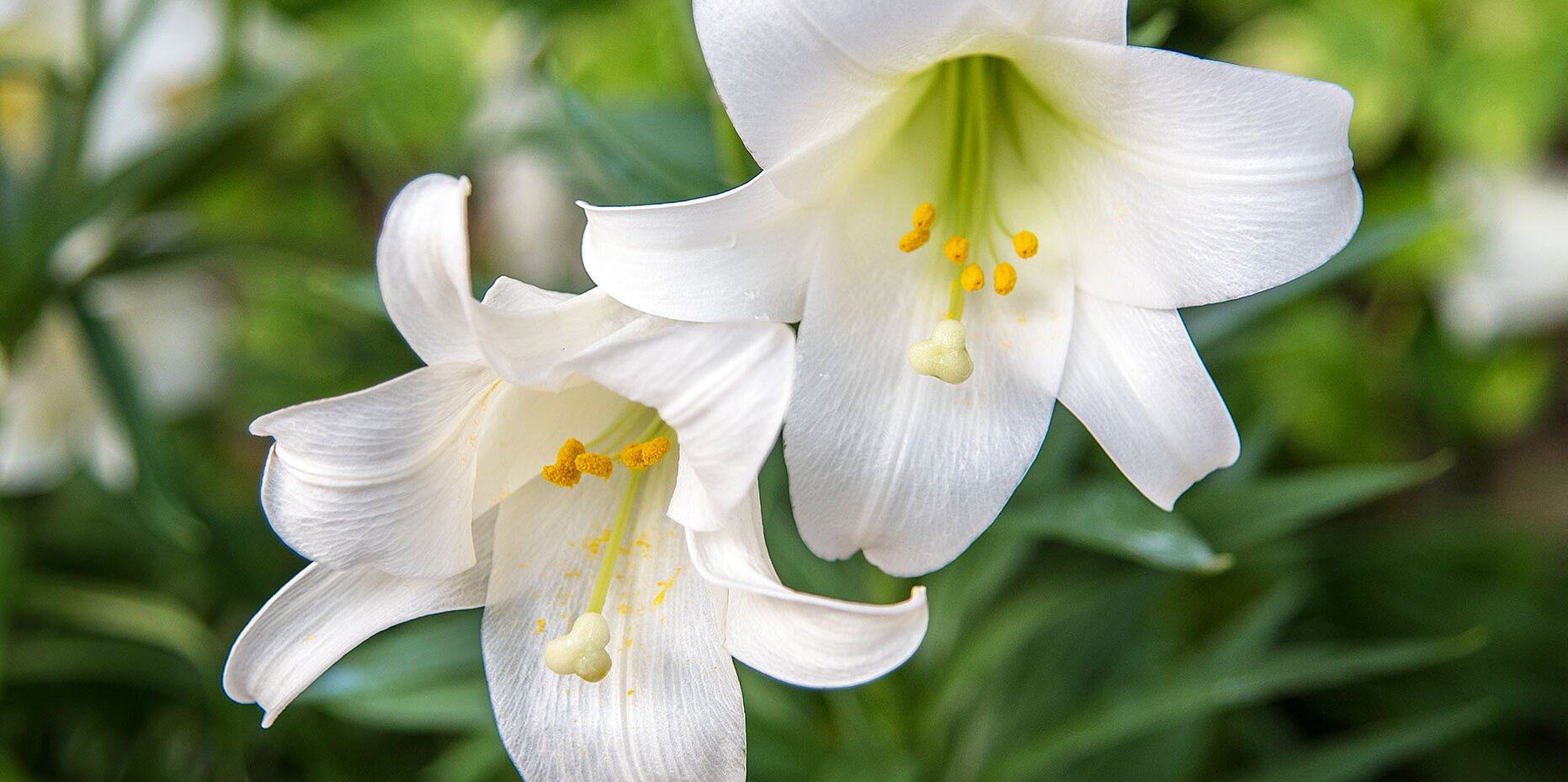
National bird of Holy See (Vatican City)
The National bird of Holy See (Vatican City) is Pigeons and doves
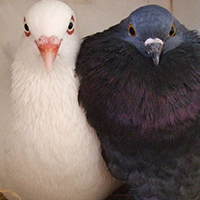
Rest of the National symbols of Holy See (Vatican City) 👇
-
FounderBenito Mussolini
-
National dishFettuccine alla Papalina
-
National danceNot Declared
-
National dressPapal regalia and insignia
-
National monumentSt. Peter's Basilica
-
National anthemView Anthem
-
National fruitNot Declared
-
National drinkNo official National drink
-
National colorsGold and white
-
National sportsFootball
-
National treeVatican Christmas Tree
-
National poetNot Declared
-
National mausoleumVatican Necropolis
-
National archivesVatican Apostolic Archive
-
National museumMusei Vaticani
-
National libraryVatican Library
-
Central BankAdministration of the Patrimony of the Apostolic See
-
Highest peakVatican Hill
-
Tallest buildingPalazzo del Governatorato
-
National football teamVAT
-
Tourism sloganN/A
-
Emoji flag????????
-
National airlineN/A
-
National instrumentPipe organ
-
National heroPope
-
PresidentPope Francis – (Sovereign)
-
Prime MinisterCardinal Giuseppe – (Bertello President of the Governorate)
-
PassportPassport of Holy See (Vatican City)
-
ArmySwiss Guard
Neighbouring countries of Holy See (Vatican City)
Vatican Proverbs - Popular quotes, proverbs and sayings.
Every door may be shut but death’s door. He who laughs too much, is hiding his grief. The road to hell is paved with good intentions. Old thanks cannot be used for new gifts. One who speaks fair words feeds you with an empty spoon. What does not poison, fattens. He who sups with the devil must use a long spoon. Years and sins are always more than admitted. When the danger has passed, the saints are soon forgotten. A donkey cannot trot for long.
